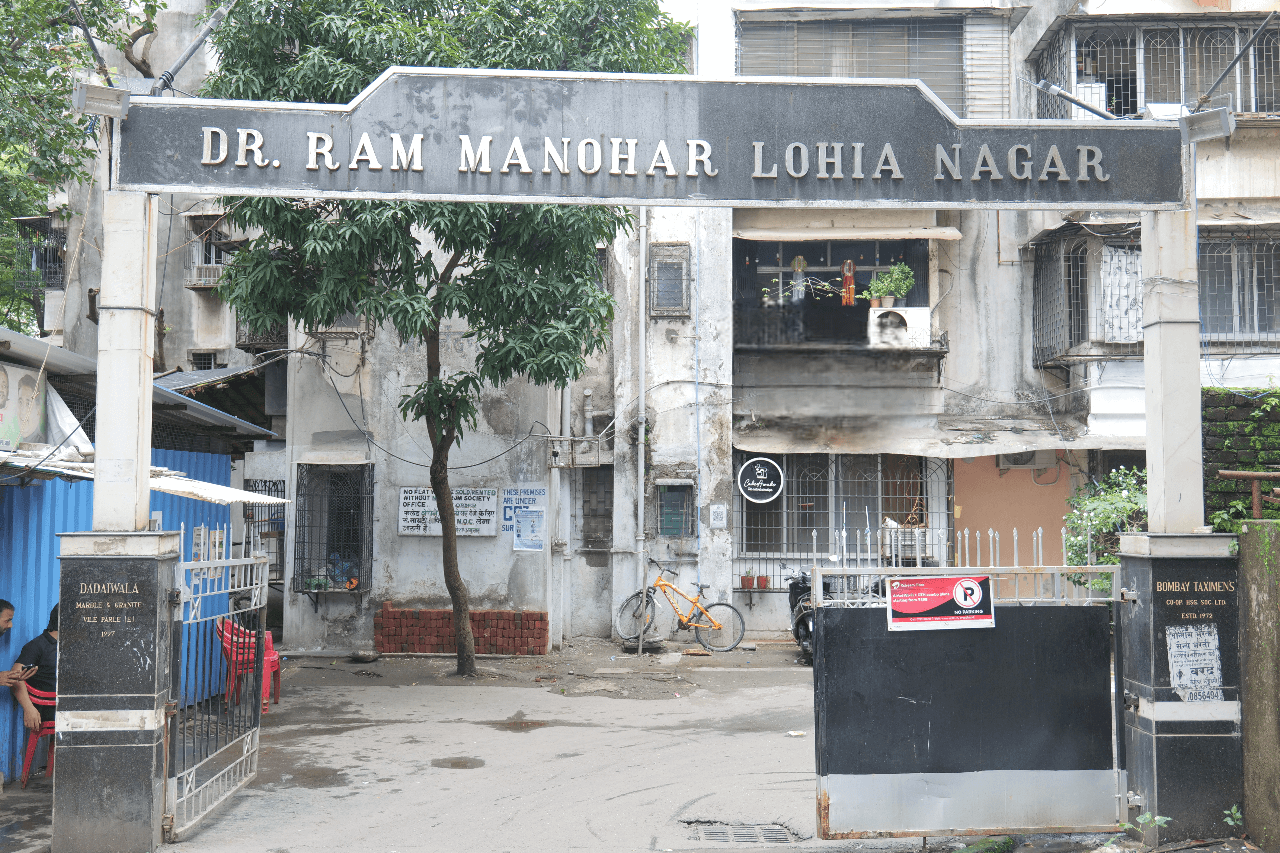About Taximen’s colony
Kurla gets its name from the East Indian village of Kurla, whose name, in turn, originated from "Kurli", the local name for crab, as these were found in plenty in marshes in the vicinity of the village. The village of Kurla came under Portuguese rule when the Treaty of Bassein (1534) was signed by Sultan Bahadur of Gujarat and the Kingdom of Portugal on 23 December 1534. In 1548, the village of Kurla and six other villages were given by the Governor of Portuguese India to Antonio Pessoa as a reward for his military services.[3] Kurla remained under Portuguese rule until the British occupied Salsette Island in 1774. The island was formally ceded to the East India Company in the 1782 Treaty of Salbai.
In 1805, Kurla was connected to Sion on Bombay Island by the Sion Causeway. Coorla, as it was spelt during the British Raj until 1890, was a major station on the Great Indian Peninsula Railway between Bombay and Thane, the first railway line in British India when it opened in 1853.

The Central Railway began its Harbour Line services from Kurla to Reay Road station on 12 December 1910. This service was extended to Victoria Terminus in 1925.[10] The Kurla Railway Car-shed was constructed in 1925 when electrification of the Great Indian Peninsula Railway (GIPR) Harbour line was undertaken. The first electric train in Asia that ran between CST and Coorla on 3 February 1925 was maintained at this car shed.[11] The Salsette–Trombay Railway, also known as the Central Salsette Tramway, opened in 1928. The 13-kilometre line, a project of the Bombay Improvement Trust run by the GIPR, ran from Trombay to Andheri via Kurla and lasted only a few years.[12]
The Bombay Taximen Union began building the Taximen’s Colony close to the Mithi river in Kurla in 1972. It was inaugurated by union leader George Fernandes in 1972. The Bombay Taximen’s Cooperative housing society is Mumbai's second largest housing society.[18].
THE COLONY HAS 656 FLATS AND 30 SHOPS IN ITS PREMISES.